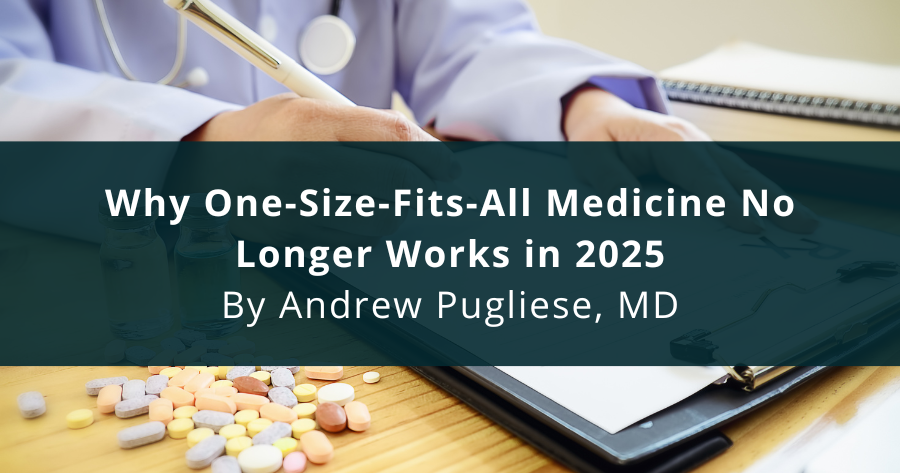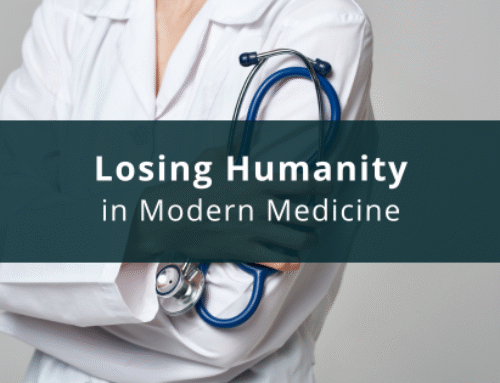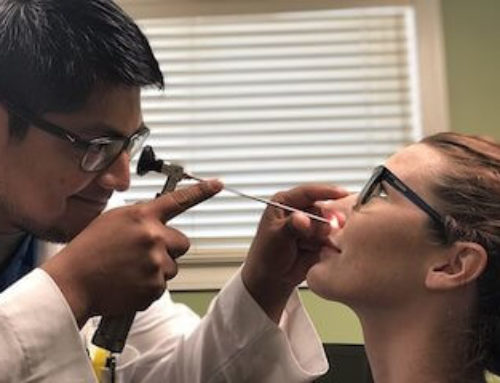By July of this year, the human population will be greater than 8.2 billion people, thanks in large part to improved medical care. Amazingly, we have more than quadrupled the population in the last one hundred and twenty-five years. Most of this occurred in the last seventy-five years, because in 1950 the population was 2.5 billion.
In 1900, the human population stood at approximately 1.6 billion people. Before this population explosion that we see today, it took six hundred years for the previous quadrupling of the human population. In 1300 AD, the human population stood at approximately 400 million.
Population models show that as a population becomes larger, its genetic diversity becomes larger. A larger population allows for more mutations to occur. Random events will have less of an impact on a larger population because a larger number of individuals will be able to withstand the effects of such an event.
This is all good. Right? In many ways, it is, but in the field of medicine, there is a concern. The concern is that with an increase in genetic diversity, there will be more atypical presentations of diseases. For example, certain genetic populations may be more susceptible to environmental toxins, such as mold exposure. Presentations of diseases can be either milder or more severe, affecting atypical organs, and can occur at various stages of life, rather than what had been seen in the past.
Genetic mutations can cause diseases to have a delayed onset. Over the years, I have had two women who were diagnosed with inflammatory bowel disease (IBD) who did not develop symptoms until they were in their sixties. Usually, IBD patients become symptomatic in their early twenties. I have also seen this in patients with immunoglobulin deficiencies. Over the decades, I have had older patients who did not start having problems with recurrent infections until their late fifties or sixties.
Diseases may present in a more atypical manner. Again, I am seeing this in many patients who are being diagnosed with Ehlers-Danlos Syndrome (EDS), a connective tissue disorder. More recent is the concern about patients who may have variations of mast cell-related illnesses and their vague collection of symptoms.
Regardless of the illnesses discussed, atypical presentations will lead to difficulties in diagnosing because of the patient not conforming to the typical presentation. As I like to say, the patient forgot to read the textbook. This could lead to misdiagnosis, and usually, according to many doctors, the patient is either crazy or depressed and just needs psych meds or the SSRI du jour to treat them. In many instances, this leads to a delay in treatment.
Unfortunately, many in medicine today look to use a one-size-fits-all approach, which has helped to erode the public’s confidence in medicine. This was magnified by the approach adopted by many clinicians in the management of COVID-19. Prior to the pandemic, the public trust was slightly above 71%. Last year it was down to about 41%.
The medical industrial complex does not allow time to take a decent history or physical. Young physicians are trained to listen for certain buzzwords to make a diagnosis or base their diagnosis on a recent paper they read, despite the fact that their patient would have been excluded from the study due to the paper’s exclusion criteria.
AI may help, but then again, who is programming the AI? As our population grows and becomes more diverse, physicians need to get back to basics and learn how to listen to their patients. They have so much they can tell us.







